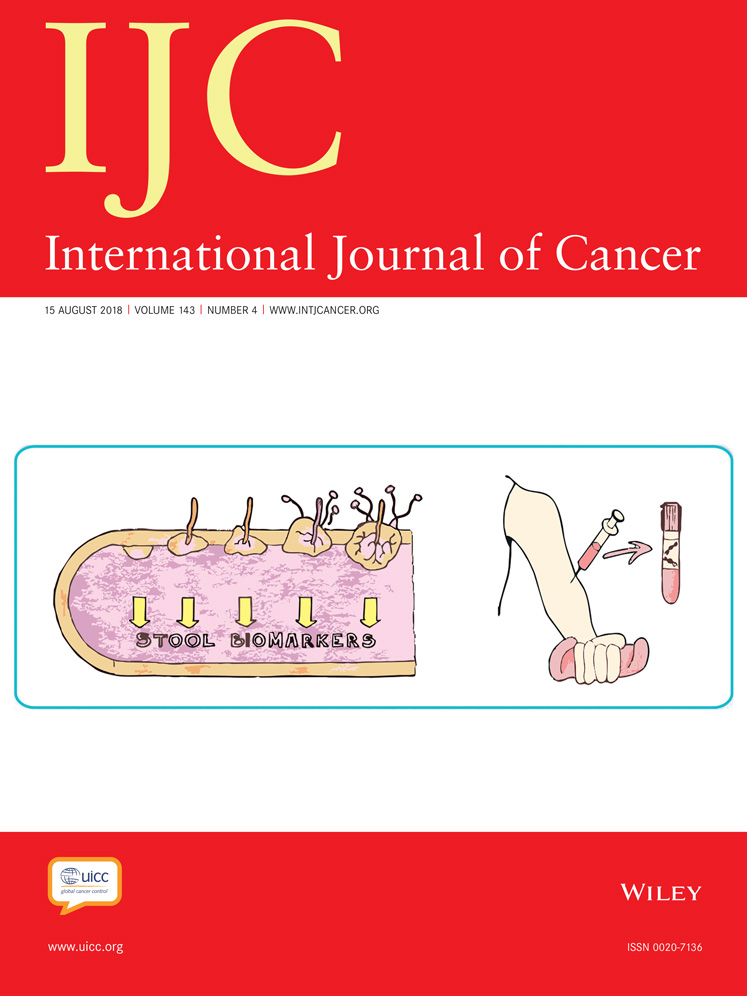A randomized, controlled trial of two strategies of offering the home-based HPV self-sampling test to non- participants in the Flemish cervical cancer screening program
Conflict of interest: IB, DVB, and JB are employed by AML, a commercial lab performing cytology and HPV testing.
Abstract
We conducted a randomized, controlled trial to evaluate different strategies of offering an HPV-self sampling program, and compared this with two control groups. All total of 35,354 women who did not participate in the Flemish cancer screening program were included in the study: 9,118 received a HPV self-collection brush (RIATOL qPCR HPV genotyping test (qPCR [E6/E7]); 9,098 were offered the opportunity to order an HPV-selfsampling brush, 8,830 received the recall letter; 8,849 received no intervention. Within 12 months after the mailing, 18.7% of the women who had received the brush, participated by returning a self-sample sample, while 10.6% women allocated to the opt- in group did so. 10.5% women who received the standard recall letter, had a PAP smear taken within a period of 12 months; while 8% women did so without receiving an intervention at all. Participation in postmenopausal women was higher than in women younger than 50 in both self-sampling arms. Screening by means of the self-sample kit increased by age, contradictory when screening is performed by a PAP smear. Of those testing hrHPV positive (9.5%), 88.9% attended for follow up cytology. The mean DNA concentration, found in the self-sampler, decreased by age, causing a higher number of inconclusive results. Our results support the efficacy of a self-sampling strategy to increase participation in the Flemish screening program. Self-sampling seems particularly acceptable to postmenopausal non-responders. Future research should focus on the performance of different self-sampling devices in post-menopausal women as low DNA concentrations exponentially increased over age.
Abstract
What's new?
Taking samples in the privacy of one's own home (self sampling) makes it possible to reach non-attendees of medical screening programs such as those for cervical human papilloma virus (HPV) infection. The authors evaluated the effectiveness of two different strategies of offering an HPV-self sampling program, and compared these strategies with the standard recall letter or no intervention at all. Their results support the efficacy of a self-sampling strategy particularly in postmenopausal non-responders. Future research should focus on the performance of different self-sampling devices in post-menopausal women as low DNA concentrations exponentially increased over age.




